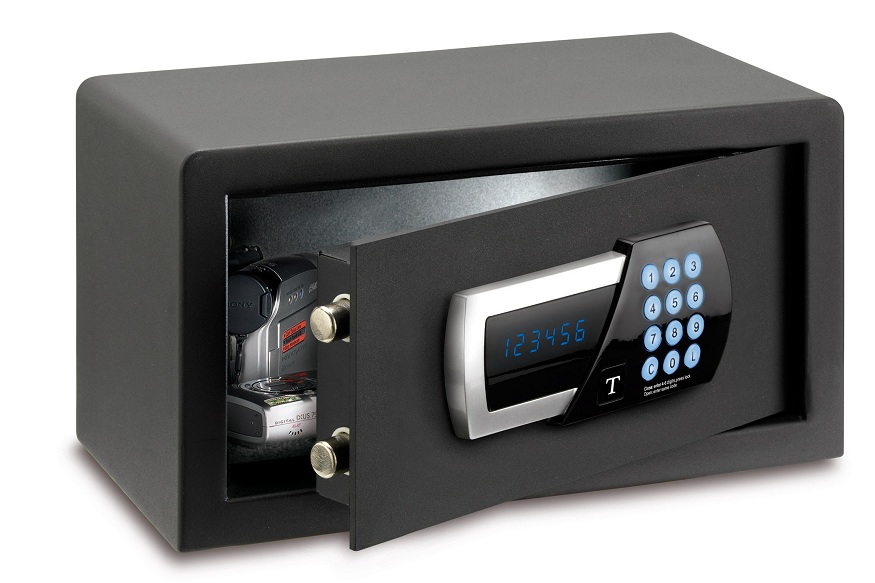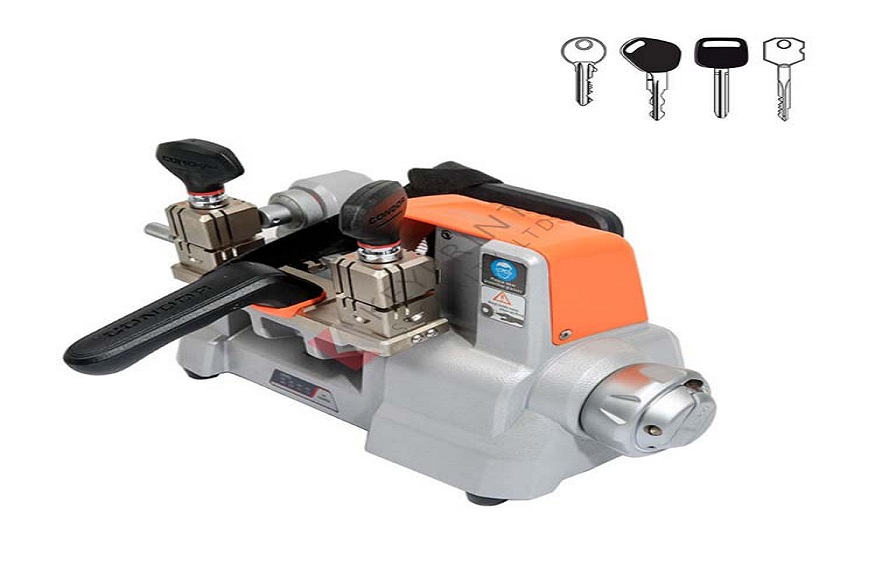301 ViewsThe evolution of security technology has transformed access control from simple mechanical locks to sophisticated electronic systems that offer unprecedented flexibility, control, and monitoring capabilities. For Stuttgart businesses and… Read more »
278 ViewsThe seemingly simple process of cutting a key requires sophisticated technology and expertise to achieve the precision necessary for flawless operation. Modern keys, with their complex profiles and tight… Read more »
310 ViewsIn today’s world, having a dedicated study or home office space is more important than ever. Whether you’re working from home, pursuing academic goals, or simply need a quiet… Read more »
359 ViewsA fence is more than just a boundary, it’s an integral part of your property’s overall design, functionality, and security. Custom fencing solutions provide a unique opportunity to tailor… Read more »
491 ViewsAs the sun sets behind the mountains, it casts a warm glow over the landscape. This feeling of connection to nature is what mountain living is all about. It’s… Read more »
477 ViewsRenovating or upgrading your home often transforms worn-out surfaces into something fresh and modern. The strengths of laser cleaning in reinventing surfaces during renovations and home improvement lie in… Read more »
548 ViewsAs the cost of traditional energy sources continues to rise and environmental concerns grow, more residents and businesses in Phoenix are turning to a sustainable alternative: solar energy. The… Read more »
564 ViewsOutdoor lighting is another important feature in the safety and beauty of the house, but they say it determines the extent of pest attraction. Avata Pest Control provides pest… Read more »
620 Views In the process of construction and subsequent renovation of garden ponds fiberglassing is gradually gaining popularity. Fiberglassing is well known for its durability, flexibility, and appeal, and as… Read more »
644 Views Rats and mice are unwelcome guests that can pose severe health hazards in homes. They can contaminate your food supplies and surfaces and damage your belongings. Recognizing their… Read more »










